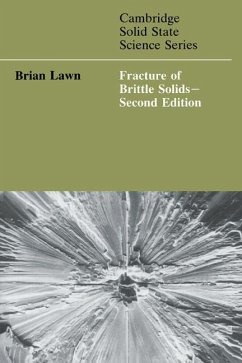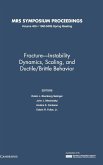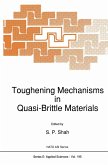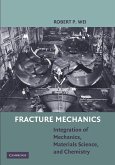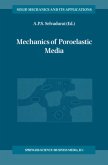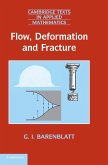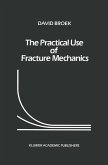This is an advanced text for higher degree materials science students and researchers concerned with the strength of highly brittle covalent-ionic solids, principally ceramics. It is a reconstructed and greatly expanded edition of a book first published in 1975. The book presents a unified continuum, microstructural and atomistic treatment of modern day fracture mechanics from a materials perspective. Particular attention is directed to the basic elements of bonding and microstructure that govern the intrinsic toughness of ceramics. These elements hold the key to the future of ceramics as high-technology materials - to make brittle solids strong, we must first understand what makes them weak. The underlying theme of the book is the fundamental Griffith energy-balance concept of crack propagation. The early chapters develop fracture mechanics from the traditional continuum perspective, with attention to linear and nonlinear crack-tip fields, equilibrium and non-equilibrium crack states. It then describes the atomic structure of sharp cracks, the topical subject of crack-microstructure interactions in ceramics, with special focus on the concepts of crack-tip shielding and crack-resistance curves, and finally deals with indentation fracture, flaws, and structural reliability. Brittle fracture crosses the boundaries between materials science, structural engineering, and physics and chemistry. This book develops a cohesive account by emphasising basic principles rather than detailed factual information. Due regard is given to model brittle materials such as silicate glass and polycrystalline alumina, as essential groundwork for ultimate extension of the subject matter to more complexengineering materials. This book will be used by advanced undergraduates, beginning graduate students and research workers in materials science, mechanical engineering, physics and earth science departments interested in the brittle fracture of ceramic materials.

